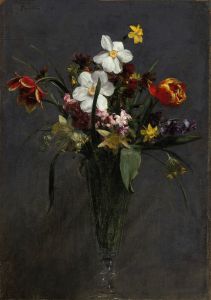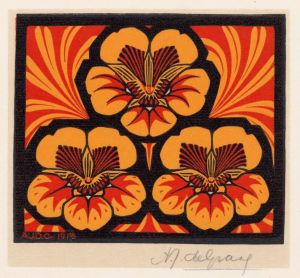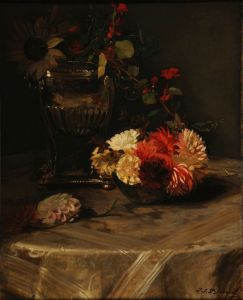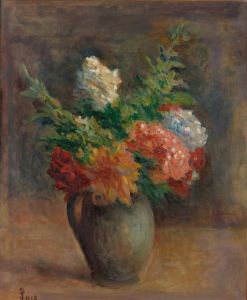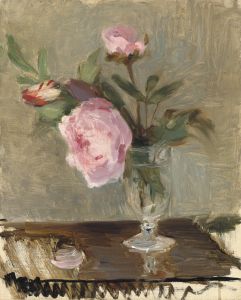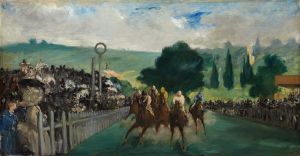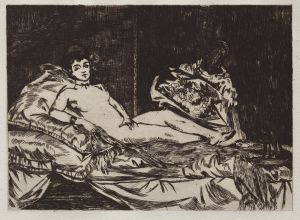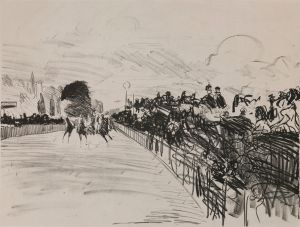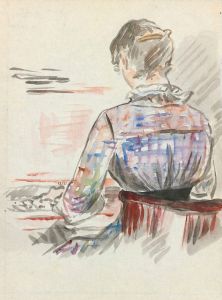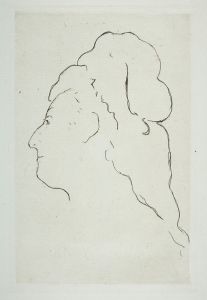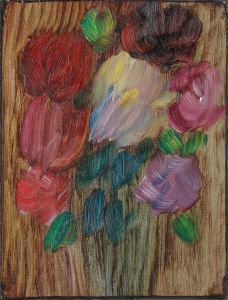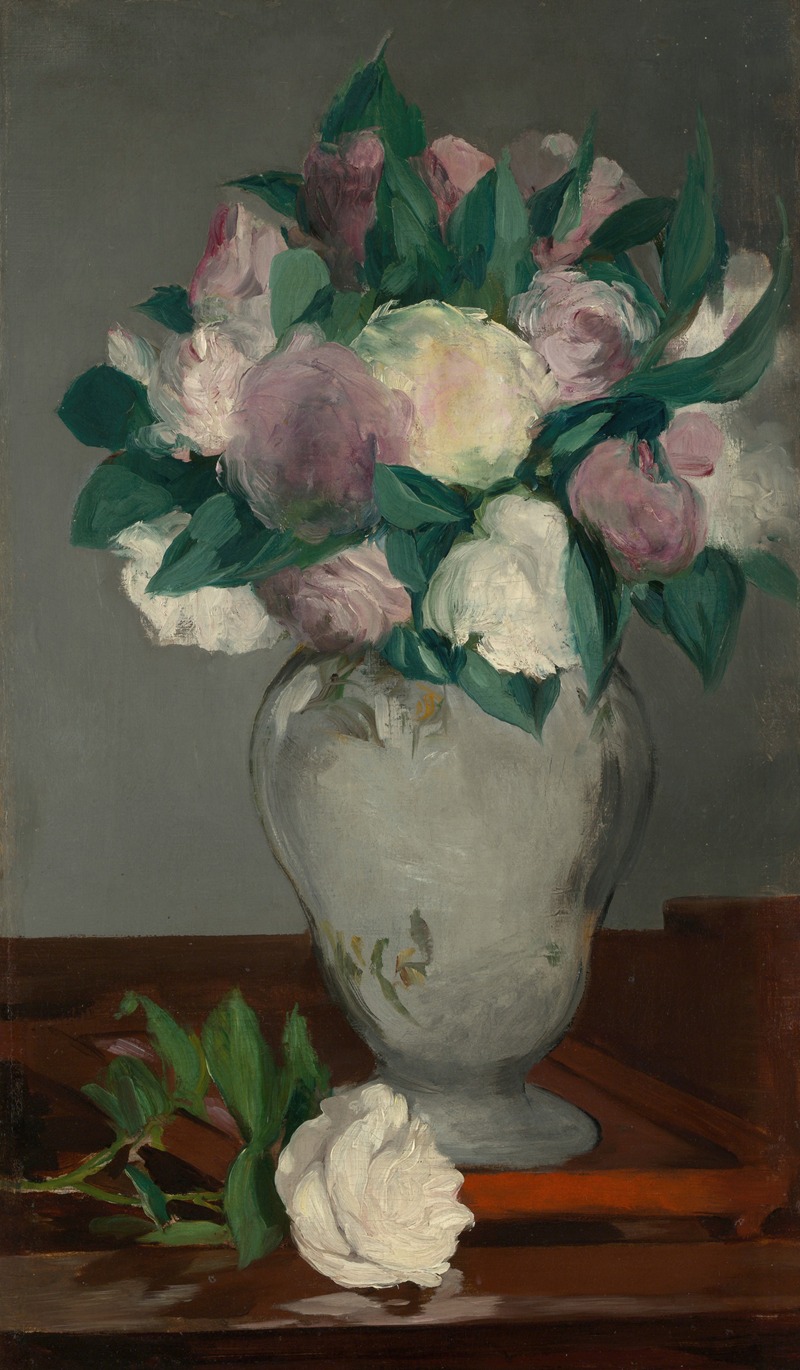
Peonies
A hand-painted replica of Édouard Manet’s masterpiece Peonies, meticulously crafted by professional artists to capture the true essence of the original. Each piece is created with museum-quality canvas and rare mineral pigments, carefully painted by experienced artists with delicate brushstrokes and rich, layered colors to perfectly recreate the texture of the original artwork. Unlike machine-printed reproductions, this hand-painted version brings the painting to life, infused with the artist’s emotions and skill in every stroke. Whether for personal collection or home decoration, it instantly elevates the artistic atmosphere of any space.
Édouard Manet, a pivotal figure in the transition from Realism to Impressionism, painted "Peonies" in 1864. This work exemplifies Manet's interest in still life, a genre that allowed him to explore color, form, and composition without the constraints of narrative. "Peonies" is a testament to Manet's ability to capture the delicate beauty of flowers with a bold and innovative approach.
The painting depicts a simple yet elegant arrangement of peonies, a flower known for its lush, full blooms and vibrant colors. Manet's choice of peonies may have been influenced by their popularity in 19th-century France, where they were often associated with prosperity and romance. The composition is straightforward, focusing on the flowers themselves, which are placed in a vase against a neutral background. This simplicity allows the viewer to appreciate the intricate details and textures of the petals and leaves.
Manet's technique in "Peonies" reflects his mastery of brushwork and his keen eye for color. He employs a loose, fluid style that captures the softness and fragility of the peonies. The brushstrokes are visible, adding a sense of movement and life to the painting. Manet's use of color is particularly striking; he juxtaposes the rich reds and pinks of the peonies with the dark green of the leaves and the muted tones of the background. This contrast enhances the vibrancy of the flowers and draws the viewer's attention to their natural beauty.
"Peonies" also demonstrates Manet's departure from the highly detailed and polished style of traditional academic painting. Instead, he embraces a more spontaneous and expressive approach, which would later influence the Impressionists. Manet's focus on capturing the essence of the subject rather than its exact likeness was a radical shift in the art world at the time.
The painting is part of a broader trend in Manet's work during the 1860s, where he frequently explored still life as a means of experimenting with form and color. This period was crucial in the development of his style, as he began to move away from the conventions of the Salon and towards a more modern aesthetic. "Peonies" is a reflection of this transition, showcasing Manet's innovative spirit and his contribution to the evolution of modern art.
Today, "Peonies" is held in high regard as an example of Manet's skill and creativity. It is housed in the National Gallery of Art in Washington, D.C., where it continues to be admired by art enthusiasts and scholars alike. The painting remains a significant piece in the study of Manet's oeuvre and the broader context of 19th-century art.
In summary, "Peonies" by Édouard Manet is a masterful still life that captures the beauty and vitality of its subject through bold brushwork and vibrant color. It reflects Manet's innovative approach to painting and his role in the transition from Realism to Impressionism, making it an important work in the history of art.





